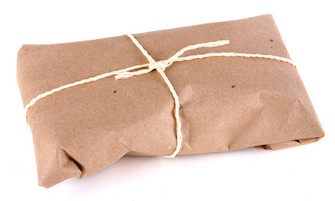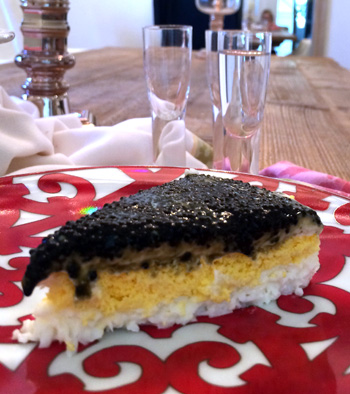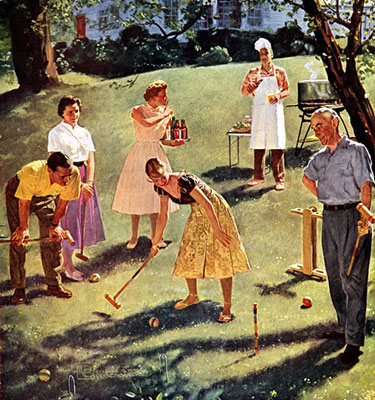 When I would visit my friend Lisa in London in the early 80’s, I would sometimes see my bi-country friend Allan. He lived here in L.A. and also London where he was a television producer. His flat was in the Holland Park/Notting Hill area, but I love the name Ladbroke Grove so much that I want to say he lived there. I love all the names of the streets and villages in Great Britain.
When I would visit my friend Lisa in London in the early 80’s, I would sometimes see my bi-country friend Allan. He lived here in L.A. and also London where he was a television producer. His flat was in the Holland Park/Notting Hill area, but I love the name Ladbroke Grove so much that I want to say he lived there. I love all the names of the streets and villages in Great Britain.
On occasion, he took me along for a Sunday lunch he had been invited to. Allan would say, “This bloke wants me to come round, would you fancy joining us?” Once there, I was in awe of the carefree, unkempt, unfazed style of the host, hostess and everyone really.
When I entertain, I’m stressed out, dressed up, have too much food and am just generally overwhelmed by it all. Whereas, these folks looked like they stayed up too late (not a touch of makeup on the women) and hardly gave a thought to the guests they were now entertaining in their home. This was the antithesis of the Martha Stewart entertaining regime.
The houses weren’t straightened up, nor the tables set. Drinks went around first. Drinks seemed much more important than food. Then slowly (sometimes hours had passed), and oh-so casually, the women would find their way to the kitchen and start hunting for leftovers. WHAT? They invited people over without even the forethought of what food they might serve. It was baffling.

 So, we had this awesome carrot cake down on Cumberland Island last November for our father’s birthday…the cake was baked and smuggled onto the island by Julie, Daddy’s wife and our new personal gourmet chef! This cake is unbelievably good and it is one of those dishes that lingers in your mind long after the last crumbs have been eaten. Obviously so, since I had the cake back in November and I was still reeling about it come February. I had to make the cake…I had to make the cake Julie’s way, so, I did. I followed her tweaks and tips for a successful cake and boy oh boy was it!
So, we had this awesome carrot cake down on Cumberland Island last November for our father’s birthday…the cake was baked and smuggled onto the island by Julie, Daddy’s wife and our new personal gourmet chef! This cake is unbelievably good and it is one of those dishes that lingers in your mind long after the last crumbs have been eaten. Obviously so, since I had the cake back in November and I was still reeling about it come February. I had to make the cake…I had to make the cake Julie’s way, so, I did. I followed her tweaks and tips for a successful cake and boy oh boy was it! My favorite Sunday night dinner is braised lamb shanks cooked with basmati rice or what we call “lamb and rice” at our house. It’s simple to prepare, truly, not because I have made it hundreds of times and could do it with my eyes closed.
My favorite Sunday night dinner is braised lamb shanks cooked with basmati rice or what we call “lamb and rice” at our house. It’s simple to prepare, truly, not because I have made it hundreds of times and could do it with my eyes closed. There are moments during the holiday season where recipes are true soul food. Instead of feeling sadness about the ones we have lost and are no longer seated at the table sharing the day with us, we can feel happiness by knowing how loved we were by recreating their favorite recipes that they would make for us.
There are moments during the holiday season where recipes are true soul food. Instead of feeling sadness about the ones we have lost and are no longer seated at the table sharing the day with us, we can feel happiness by knowing how loved we were by recreating their favorite recipes that they would make for us. When I was 4 years old I was on Kids Say The Darndest Things with Art Linkletter. My folks told me the teacher in our Nursery School recommended me. When I think about the fact that I once called her ‘fatso’ just to try out the word, nothing personal, and she got so mad she locked me in a broom closet, I’m ever convinced of the altruism of teachers.
When I was 4 years old I was on Kids Say The Darndest Things with Art Linkletter. My folks told me the teacher in our Nursery School recommended me. When I think about the fact that I once called her ‘fatso’ just to try out the word, nothing personal, and she got so mad she locked me in a broom closet, I’m ever convinced of the altruism of teachers.
